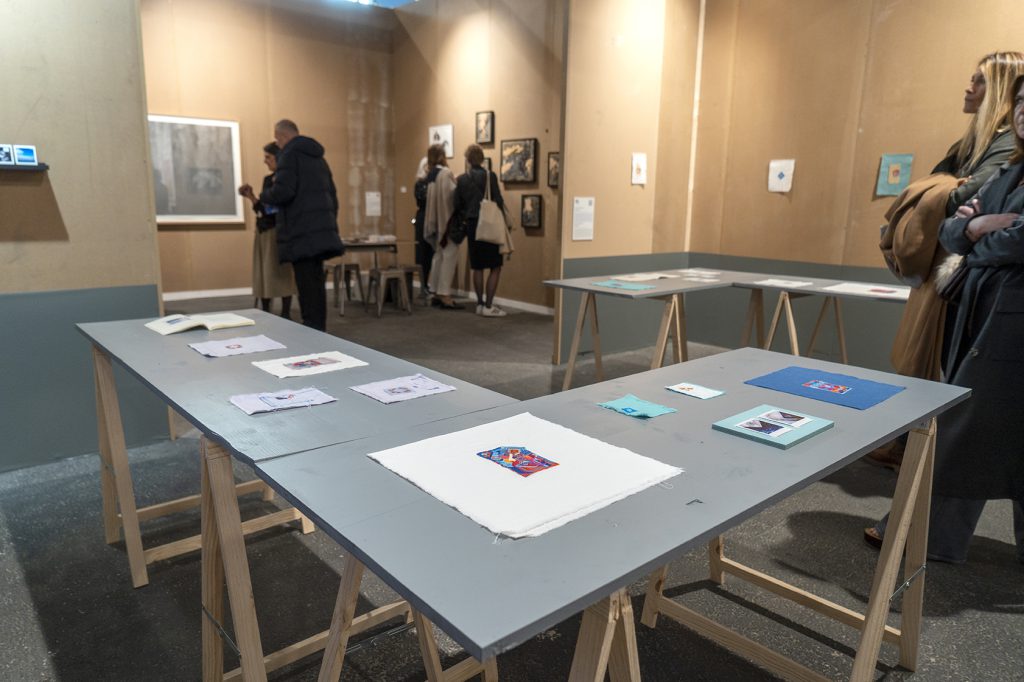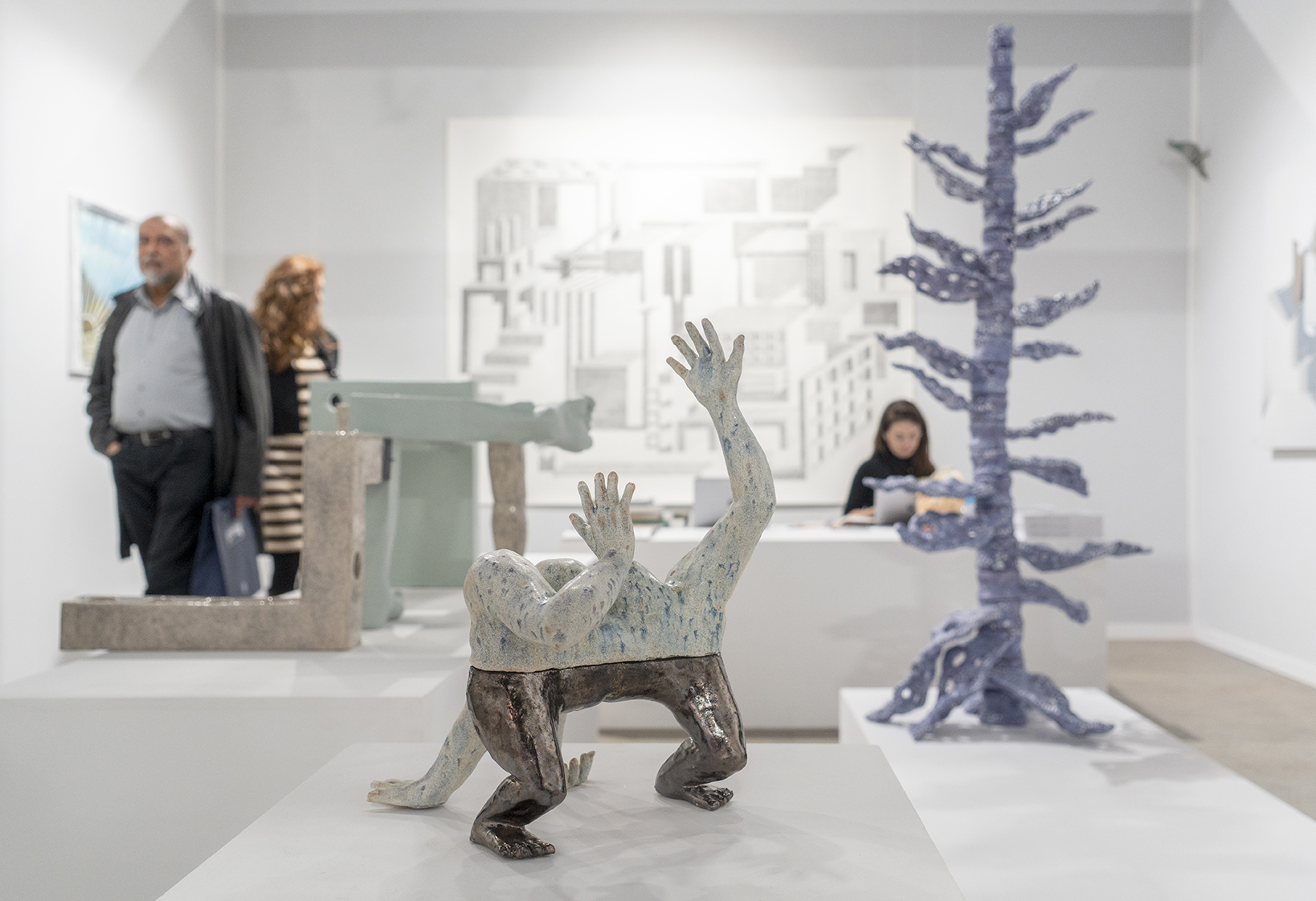At Art Paris 2023, a solid line-up was watered down by a somewhat disappointing selection of works intended to appeal to the orthodox tastes of collectors.
Paris was the birthplace of canonical modern art, and though it has long since lost its title as the capital of the avant-garde, it is still home to countless contemporary artists and galleries, both established and emerging – and some of them, believe me, are absolutely as good as anything you’ll find in London or New York.
You wouldn’t guess this from the latest edition of Art Paris, mind. The fair, now in its 25th edition and which ran from 30 March to 2 April, hasn’t been a front-row event for a long time: its focus on domestic galleries (the makeup in 2023 was 60 per cent French, with many of the rest coming from Francophone Belgium or Switzerland) has ensured that it has remained a pitstop for bridge-and-tunnel collectors, rather than the major players who show up in town for Paris+ par Art Basel. There’s nothing intrinsically wrong with being a localised art fair specialising in any style post-1900 – far from it. It’s a great way to showcase a regional scene. Why, then, was this iteration of Art Paris quite so dull?
Almost everywhere you looked, everything appeared the same: the event was heavy on the kind of unremarkable figurative painting that first stormed the anglophone art market at least seven years ago; on lumpen, street-art-derived dross; and on third-rate pieces by ‘heritage’ artists – that is, living people who have long since established their place in the market.
Of course, it wasn’t all bad: gb agency fielded a great mini-show by Palestinian artist Majd Abdel Hamid, whose delicate embroideries speak directly to his adopted hometown of Beirut. The individual stitches, he says, refer back to the process of healing following the disasters that befell that city in 2020. Regardless of their faith or political persuasion, Hamid says from experience, all survivors ended up being treated by the same doctors, with the same bobbins of thread.

I knew Hamid’s (admittedly excellent) work though, and what I really came in search of was discoveries. One arrived in the form of Afghanistan-born Kubra Khadem, on show at Eric Mouchet. One of her faintly terrifying paintings saw a dozen or so nude, blank-eyed and doll-like female figures floating listlessly amidst a nothingness of blank pictorial space; elsewhere, another full-length woman, equally impassive, stared us down through the barrel of a revolver. It may not be subtle, but it sure sticks in the mind.
A couple of other pictures had similar impacts: at Maria Lund, Peter Martensen fielded a deeply weird, Michaël Borremans-inflected painting of a family sitting at a picnic table, their expressions rendered unreadable by their Covid masks. It’s unsettling to think that, not so long ago, this scene wouldn’t have seemed nearly as surreal as it does now – which, somehow, might be exactly the point. Elsewhere, Istanbul’s The Pill gallery showed an impressive selection of portraits by Apolonia Sokol, from which formidable female figures stare out, daring you to judge them.
For the most part, however, I felt that the artists were poorly served by this fair. So many good people were represented by exhibits that just didn’t do them justice. This is of course a hazard at any art fair, but here it rather defined the tone of the whole event and was underlined by a sense that the participating galleries were playing things safe, unwilling to display anything that transcended the boundaries of ‘good taste’. This is fine if you consider the fair as a purely commercial endeavour – its primary raison d’être, after all. But in terms of spectacle, it makes for a dull visit. If anyone came to Art Paris hoping to get a reflection of its host city’s art scene, I fear they would have left disappointed.



